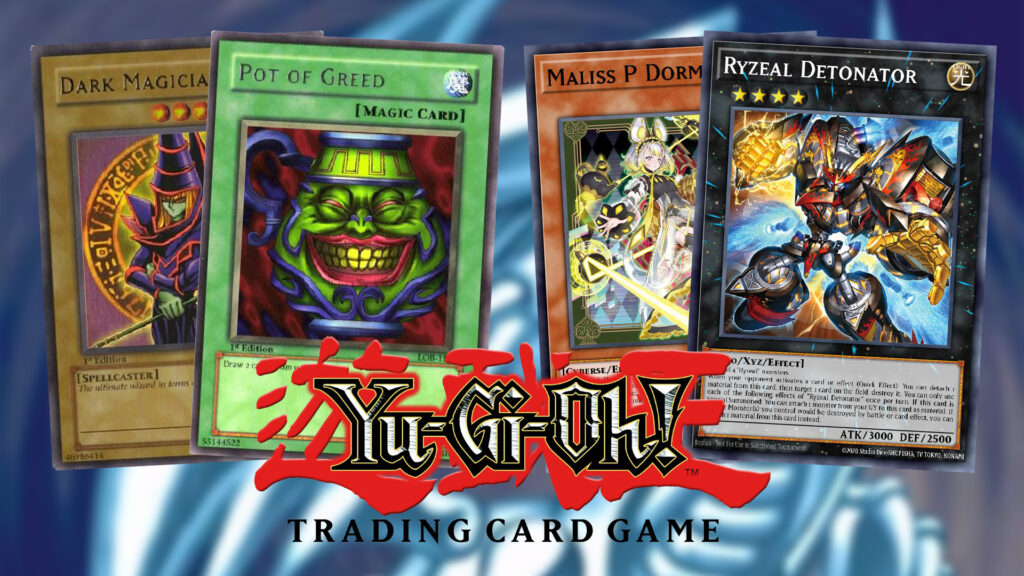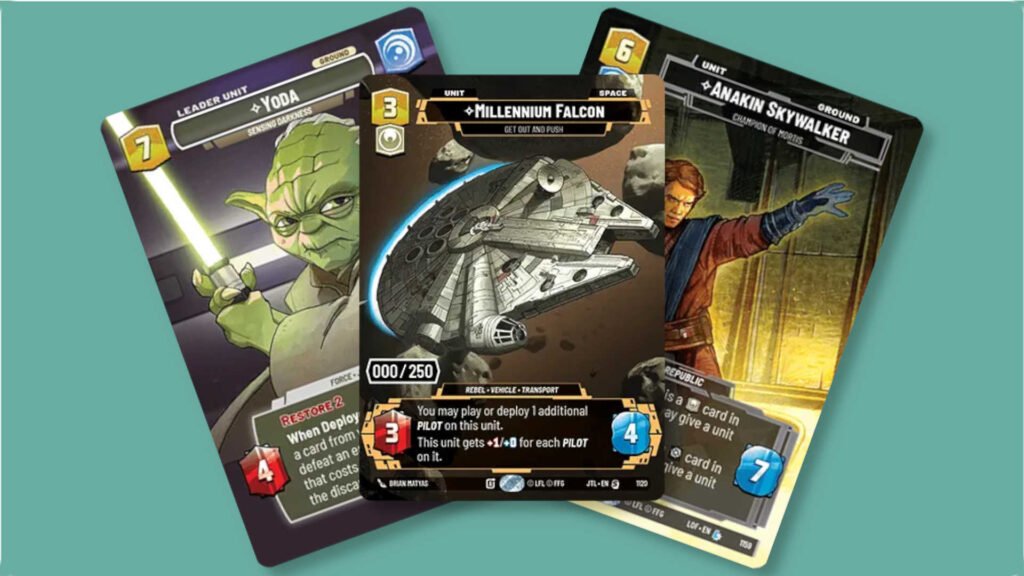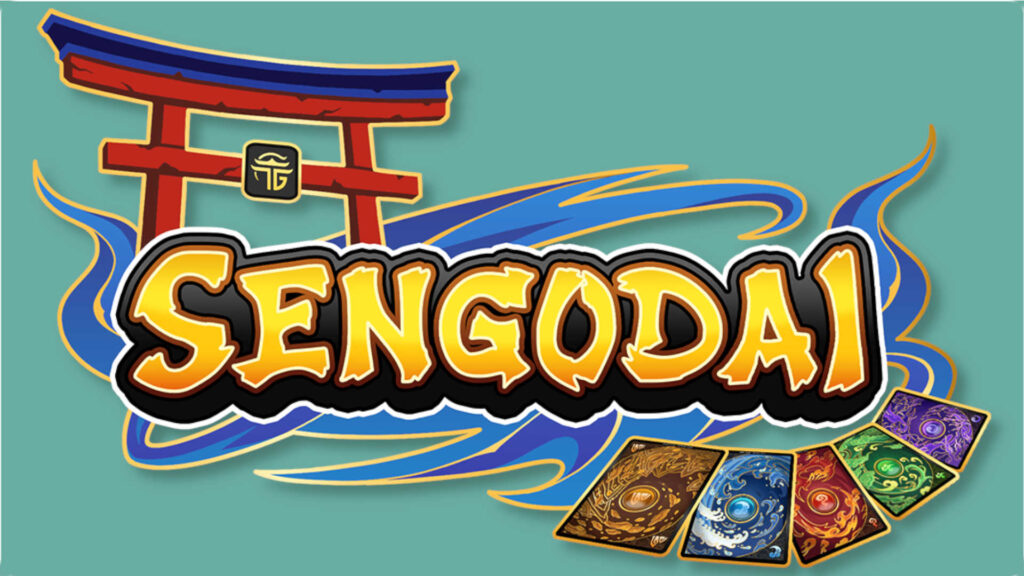Images credited to KONAMI
With the Yu-Gi-Oh! EARLY DAYS COLLECTION set for release on the 27th of February, there are plenty of lapsed Yu-Gi-Oh! TCG players looking to return to the game. But the Yu-Gi-Oh! of today is very different from the game that Kaiba, Joey, and Yugi used to play back on Nick Toons in the early 2000s. There are a huge number of new types of monsters, plenty of new ways of playing, and the power level of the game has risen dramatically.
So if you’re looking to get back into the game, here’s a quick guide to five of the most important changes you may have missed if you’ve been out of Yu-Gi-Oh! TCG for a long time.
Table of Contents
Toggle1. There Are So Many New Summoning Methods in Yu-Gi-Oh!
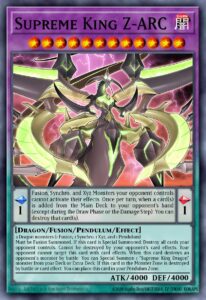
In the early days of the Yu-Gi-Oh! TCG, there were already several ways of summoning your monsters: Normal Summoning, Tribute Summoning, Flip Summoning, Special Summoning, Fusion Summoning, and Ritual Summoning. Now there are even more. You can Synchro Summon, XYZ Summon, Pendulum Summon, and Link Summon cards to get your game plan going.
You can thank/blame the anime (depending on your preference) for all of these new ways of summoning cards. After GX, every new series left its mark on the game by introducing a new way of getting monsters out. Yusei and his motorcycle-riding friends taught us all about Synchro Summoning in 5Ds. Yuma gave us all an astral introduction to XYZ Summoning in ZEXAL. Yuya entertained us all with Pendulum Summoning in ARC-V. While Playmaker from VRAINS coded Link summoning into the game.
We’ll have an article out soon detailing how all of these different summoning methods work, but suffice to say that there are more ways of playing monster cards now than ever before.
2. Yu-Gi-Oh! Decks Need to Be Built Around Archetypes
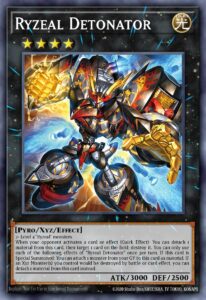
While Yugi may have been the King of Games, if you enter a modern tournament running a deck that’s just a ramshackle mixture of normal monsters like Celtic Guardian, Giant Soldier of Stone, and Beaver Warrior without a unifying theme, you’re going to get stomped.
The game has featured “archetypes” for a long time. The Elemental Heroes in Yu-Gi-Oh! GX were the first prominent example back in 2005, although prior archetypes, like the Guardian monsters, did exist. As the the years have gone by the prevalence of archetypes to Yu-Gi-Oh!‘s design has grown dramatically. Now any deck that’s worth its salt needs to be based around an archetype, and can potentially include a second one to assist.
As well as containing monsters with synergistic effects, archetypes also pack their own suite of Spell and Trap cards that offer them unique and powerful removal, recursion, and searching effects. They also often have their own archetypal field spell to support their strategy. To get access to these powerful cards you need to be playing with an archetype, so have a browse through the game’s history and see if you can find a favorite.
3. The Power Level in Yu-Gi-Oh! Has Risen Dramatically
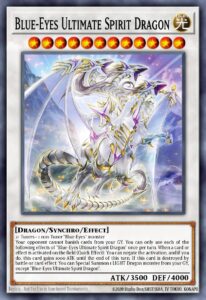
One of the things that makes Yu-Gi-Oh! different from card games like Magic: the Gathering and Pokémon is the fact that it doesn’t rotate. The good news is this means that if you used to play when you were a kid, all of your cards will still be legal (except for a few banned cards like Pot of Greed, and Heavy Storm). The bad news is that the majority of those old cards aren’t going to be very strong compared to what’s being released today.
The need to keep new cards relevant, while dropping them into a pool already containing more than ten thousand rivals, has necessitated a gradual, but inevitable, scaling up of the game’s power. It’s no longer enough to drop a Luster Dragon into play on turn one and call it a day. You now need to use your first turn to set up an intimidating board state, containing multiple high-level creatures, all while constantly being threatened and disrupted by your opponent.
Modern Yu-Gi-Oh! is undeniably satisfying, but also undeniably complex. Games are high power and high intensity.
4. Hand Traps Are Very Important
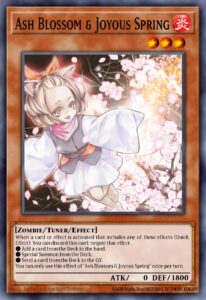
“Hand traps” form an essential part of any modern Yu-Gi-OH! deck. Contrary to their name, hand traps are not typically trap cards. Instead, a hand trap is a card (usually a monster, though not always) with an effect that allows it to be discarded from the hand to interfere with the opponent’s plans.
Ash Blossom & Joyous Spring is maybe the most famous hand trap in the game. This jolly kimono-wearing zombie negates the effects of any of your opponent’s cards that attempt to put cards from their deck into their hand, their graveyard, or Special Summon them onto the field. Many contemporary Yu-Gi-Oh! strategies rely on quickly fetching cards from the deck to get the game going, so Ash Blossom & Joyous Spring has the potential to seriously impede the opposition.
Other notable hand traps include Effect Veiler, which negates the effects of effect monsters, Ghost Ogre & Snow Rabbit, which destroys effect monsters, and Nibiru, the Primal Being, which punishes opponents that Summon too many monsters by sacrificing every monster on the field.
5. There Are Formats Now
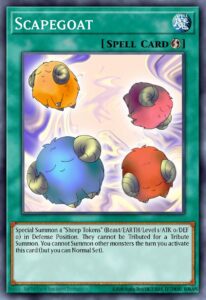
Most Yu-Gi-Oh! duelists play Advanced Constructed. This is the game’s primary competitive format where every card that has ever been released, save for those on the Forbidden and Limited list, can be played. Increasingly, nostalgic duelists have looked back to older periods of the game’s history and designed formats to replicate what the game was like during their favorite eras. Edison and Goat are probably the two most popular, which recreate the game during April 2010 and August 2005, respectively. In these formats the ban lists for the era they are emulating are active and you can’t play any cards released later on.
A perk of these alternative formats is that it’s often cheap to put decks together for them, due to the lowered power level of the cards they contain.
It’s also possible to try out Speed Dueling, a format that replicates the gameplay experience of both the anime and the mobile game Yu-Gi-Oh! Duel Links. In this format: players start with 4000, rather than 8000, Life Points; deck, field, and hand sizes are smaller; and there is no main phase 2. Players are also given skill cards, which feature illustrations of characters from the show and have impactful effects. True to its name, Speed Dueling is a faster and more streamlined version of the regular game. Packs focused on Speed Dueling are released regularly, and contain cards marked with the words “Speed Duel.”
For a time, during the mid-2010s, there were even a series of “Battle Pack” sets that were designed to provide an optimized sealed and draft experience. While these were discontinued, you can still find them online if you search hard enough and you’re keen to see what Yu-Gi-Oh! Limited looks like.
Conclusion
There we have it – five things that have changed about the Yu-Gi-Oh! TCG since the early 2000s. In another few years, there could be even more summoning methods, wacky hand traps, and diverse new formats. For the moment though, this is an up-to-date guide on some of the biggest changes that have taken place.
Are you ready to get back into Yu-Gi-Oh! TCG? Then check out our guide for how to play the game.

